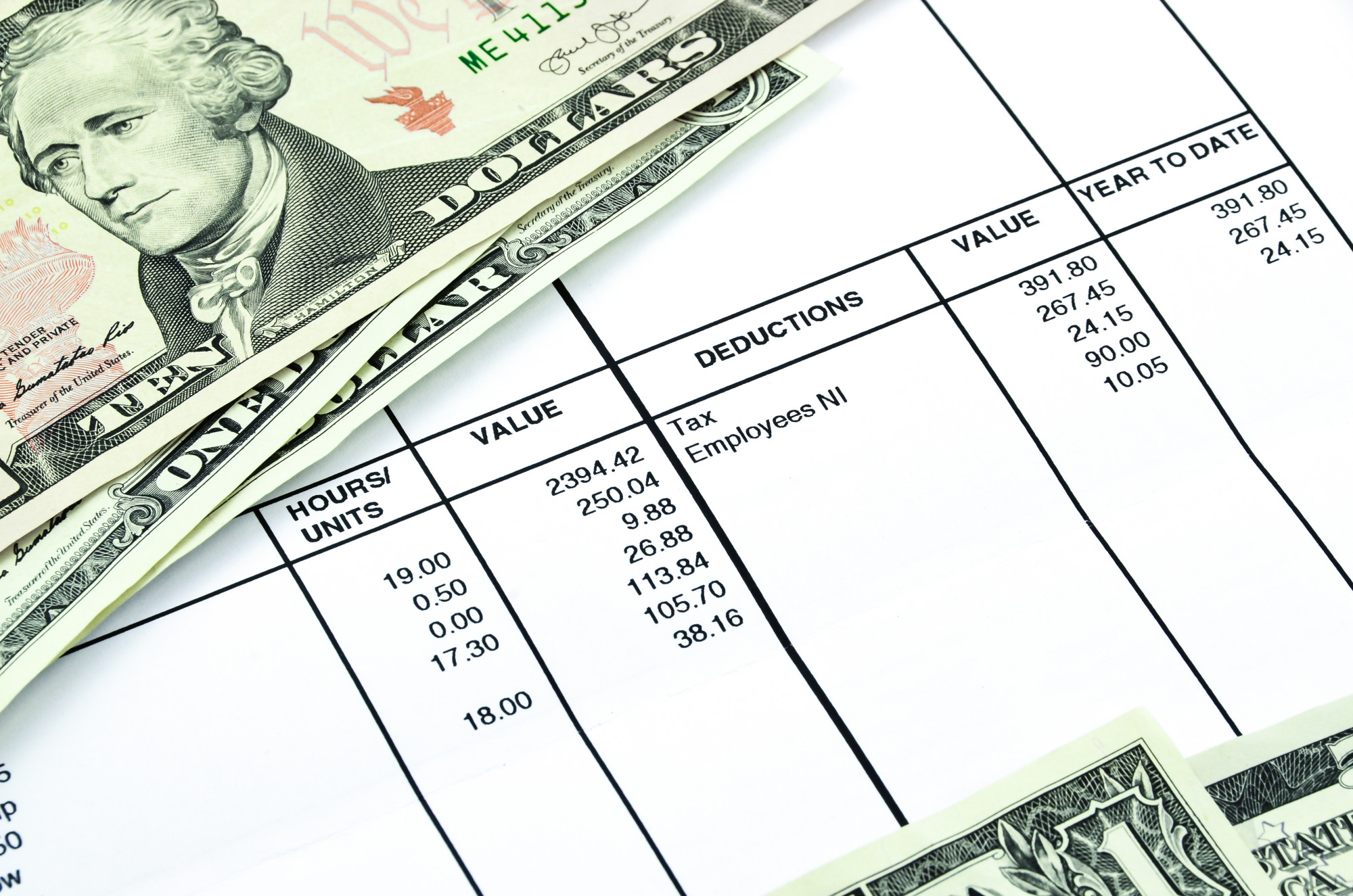Your pay stub is meant to document your earnings as well as any money that was taken out of your earnings.
Your pay stub will include:
- Gross pay
- Net pay
- Federal, state, FICA, and local taxes
- Wage garnishments
- Retirement and/or pension
Each of these sections factors into the amount of money that you take home with each paycheck. If you want to, you can even use a paystub maker free.
Here’s what each section means:
Gross Pay and Net Pay
The gross pay on your paycheck is the amount of money you earned before any was taken out of the check.
The number of hours you worked will line up with your gross pay. Also, if you’re paid salary, the salary offered at your interview will reflect the gross pay, so plan accordingly.
Since gross pay is the amount you made before taxes and other fees, net pay is your take-home pay.
Taxes
When it comes to taxes, you should expect to pay federal, state, FICA, and local taxes.
The percentage that you have to pay in taxes will depend on the area you live in. For example, some states have a tax rate of around 4% while others have a rate closer to 7%.
Your federal tax covers the income tax required from each person or business. FICA taxes include Social Security and Medicare withholding fees.
Benefit Insurance Deductions
This is the part of your paycheck where you’re investing in yourself.
The benefit insurance deductions include medical, dental, vision, disability, and any other benefits your job allows you to contribute to for coverage. If you’re contributing to these benefits, you’ll see money being taken out of your check each week for it.
Retirement or Pension Plan Contribution
This another area of your paycheck where contributions will go back to you.
Many employers will match any retirement contribution you make. If you’re investing in a pension or a retirement plan, the amount that you’re investing will be documented on your pay stub.
Planning for the Future
It’s important to understand what information belongs on a pay stub because this will help you plan for the future.
For example, if you’re interviewing for a job that offers a salary of $50,000 per year, you’ll want to calculate how much of that is take-home pay. Additionally, you’ll want to learn about your benefit options so you can plan accordingly.
Pay Stub Information Is Simple
When you break it down, the information on your pay stub is easy to understand.
So, what information goes on a pay stub? Well, your net pay, gross pay, tax withholdings, and benefits!
If you found this post helpful, check out our other work content.







